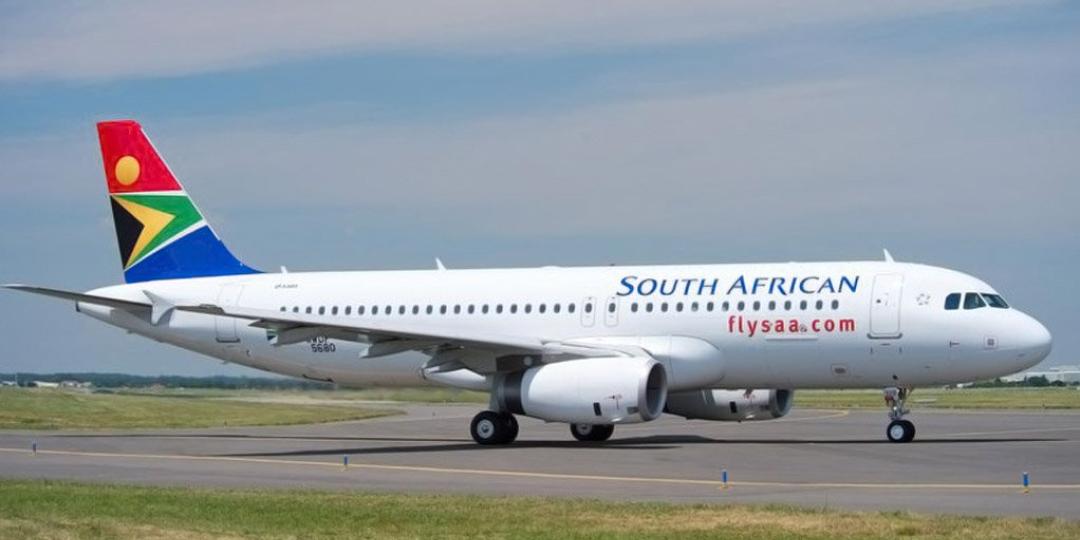As the peak holiday season approaches, SAA is bringing into service an additional three A320 aircraft, bringing its total number of A320s to five to support the high-capacity demand.
The first of these was delivered on September 25 and the rest will be delivered in October and November.
Meanwhile, the troubled national carrier has highlighted that, despite the delays with the implementation of the capital restructuring transaction involving a strategic equity partner (SEP), it is on course to deliver commercially sustainable and world-class air passenger and cargo services in South Africa, regionally and soon globally, according to SAA Executive Chairman, Professor John Lamola.
He pointed out that there was a clear demarcation of focus between the SAA management that is driving a plan for competitive airline operations and the oversight of matters relating to the SEP which are being managed by the Department of Public Enterprises.
“SAA management is relentlessly implementing the expansion of the airline to match market dynamics in both the domestic and international scene,” said Lamola.
‘Responsibility to sustainability’
He added: “SAA as the national flag carrier, and an entity wholly owned by the people of South Africa, has a responsibility to secure the sustainability of the airline industry in South Africa as an enabler of economic development and facilitator of affordable air travel to all users of air transportation in the country.”
According to Lamola, the addition of extra seat capacity enables the achievement of an equilibrium between supply and demand in the market that affects the pricing of air tickets.
Besides the additional capacity of three A320s, SAA has, over the last two weeks, increased the aircraft size on two of its busiest routes, Cape Town and Harare. The Harare- Johannesburg route is now serviced by the larger A330 on three of its seven-day weekly frequencies.
SAA Chief Commercial Officer, Tebogo Tsimane, highlighted that, in addition, SAA was replacing its A340-300 with a similar capacity aircraft and would exit the A319 fleet next year.
“As we increase fleet size to match the needs of the growing network schedule, we are encouraged that our strategy to cautiously re-enter markets abandoned due to the COVID pandemic has served us very well during the past twelve months, and we will continue to follow that cautious risk-adjusted trajectory,” he said.
Tsimane pointed out that SAA’s current business plan was to aggressively ramp up operations and to implement a fleet strategy that would continue to gain momentum of growing its regional-continental services and introduce international long-haul services.























